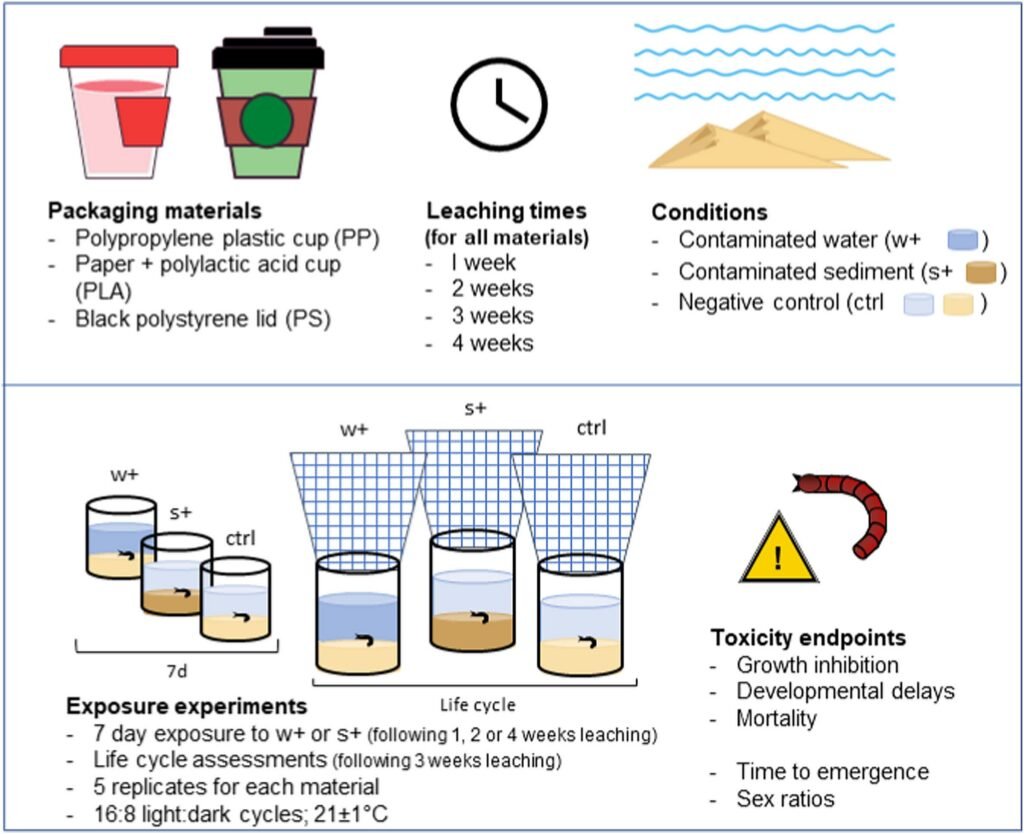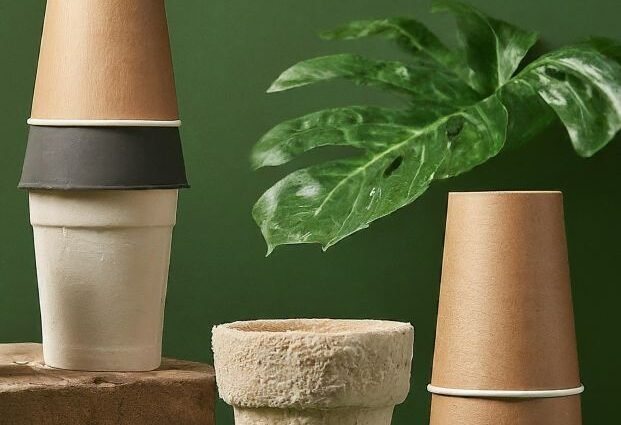If you rely on multiple cups of coffee to get through the day, you may be contributing to the massive amount of waste generated by disposable Styrofoam cups. It is is non-biodegradable and non-recyclable. Over 500 billion of these cups are used annually, whether purchased from a coffee shop or used in the office.

Styrofoam cannot be recycled and takes 500 years to decompose. In 1986, its manufacturers were listed as the fifth largest producers of toxic waste. More than 90,000 workers in industries like rubber and fiberglass manufacturing are at risk of exposure to styrene, a substance found in Styrofoam. Health issues from styrene exposure include skin, eye, and respiratory irritation, as well as gastrointestinal problems.
Prolonged exposure to something can impact the nervous system, leading to symptoms such as depression, headaches, fatigue, weakness, and also have minor effects on kidney function and blood.

Only a small fraction of plastic items are recycled and the majority is sent to landfills. An alternative is recycled paper products as they also saves trees and contributes to an overall savings when compared to Styrofoam.

Paper products are biodegradable and non-toxic to the environment. However, even these paper cups labeled as environmentally friendly have a plastic coating that releases harmful substances into the environment when discarded. Using a reusable cup multiple times is more environmentally friendly than using a disposable cup daily.
Reference- National Geographic, United Nations Environment Program, Colgate University, EARTHDAY.ORG






